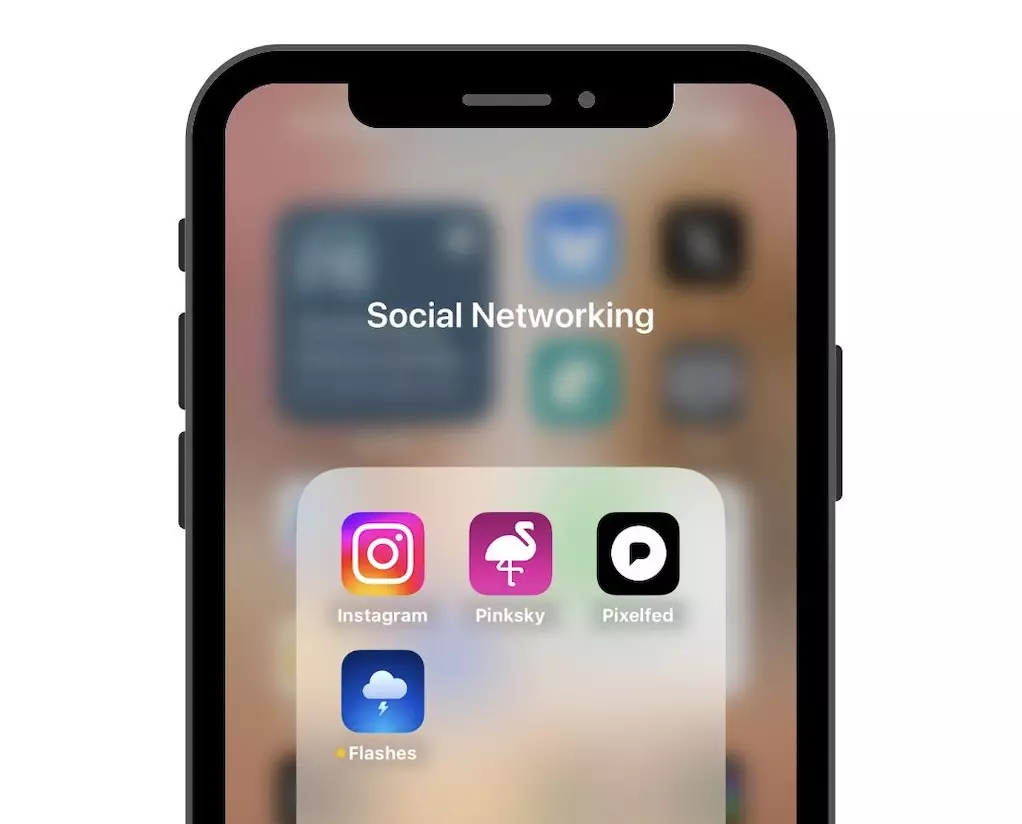In recent years, there has been a notable shift in consumer preferences regarding social media platforms. This trend is largely driven by a growing disillusionment with traditional Big Tech companies and their social apps, such as Facebook, TikTok, and Instagram. Emerging alternatives like Bluesky and Mastodon have captured the interest of users eager to explore decentralized platforms free from corporate control and censorship. This article delves into the motivations behind this shift and explores the various alternative networks that are carving out their niches in the competitive social media landscape.
As privacy concerns, misinformation, and addictive algorithms continue to plague mainstream social media platforms, a significant portion of users has become increasingly dissatisfied. This growing discontent has sparked interest in alternatives that promise a more user-centric experience. Younger users, particularly those from Generation Z, have indicated a willingness to abandon familiar platforms for new ones that better align with their values. Instead of gravitating back to traditional platforms owned by Big Tech, they are exploring other options, even those backed by foreign entities.
The recent uptick in activity surrounding open, decentralized social networks signals a desire for more control and ownership of personal data. Unlike traditional platforms that govern user interactions and data collection, decentralized networks empower users by distributing control across a wider array of participants. This shift signifies not just a simple migration from one platform to another, but a broader reimagining of how social media can operate.
A term you’ve likely encountered in this growing movement is “fediverse,” a conglomerate of interconnected but independently managed social platforms. Through protocols like ActivityPub and Bluesky’s AT Protocol, platforms such as Pixelfed and PeerTube are leading the charge in promoting an open social web. These apps are designed to facilitate interactions among users across different services, embodying the spirit of decentralized networks.
Pixelfed, which recently launched mobile applications for iOS and Android, exemplifies the fediverse concept. Unlike Instagram, which is cluttered with ads and algorithms designed for engagement maximization, Pixelfed offers a fresh alternative. The platform allows for chronological feeds and is ad-free, focusing on the user experience rather than profit-driven metrics. In its first two days post-launch, Pixelfed amassed over 10,000 downloads, indicating significant public interest in ad-free social sharing experiences.
While every emerging platform has its unique features, they all share a common goal: provide users with a refreshing alternative to conventional apps dominated by corporate interests. Flashes, for instance, builds on top of Bluesky’s capabilities, enabling users to share images and videos that seamlessly integrate with the broader Bluesky ecosystem. By allowing users to maintain their visibility across platforms, Flashes aims to attract users from Instagram and other mainstream platforms.
Similarly, Pinksky has been developed as a photo-centric client designed to entice Instagram users. It capitalizes on existing connections within Bluesky while offering a familiar layout that prioritizes visual content. The opportunity for cross-platform interaction without the need for users to start fresh is another compelling selling point for these alternatives.
On the horizon, projects like Skygram promise to expand the landscape even further. By providing a more visually-driven interface, Skygram allows users to concentrate on specific interests, making social media consumption more enjoyable and less overwhelming. With continual improvements underway, these platforms challenge traditional notions of what social media can be like in a post-Big Tech world.
The rise of decentralized social applications represents not just a rejection of Big Tech; it signifies a thirst for innovation and user governance in the digital space. As more individuals seek alternatives that align with their preferences and values, the emergence of networks like Bluesky, Pixelfed, and others offers a glimpse into an inclusive future of social interaction online. While these platforms may not possess the scale of their traditional counterparts, their ability to cultivate dedicated communities and prioritize user experience pushes the boundaries of what social media can—and should—be. The future of social networking may very well belong to a federated landscape, where users are at the helm of their online experiences.

